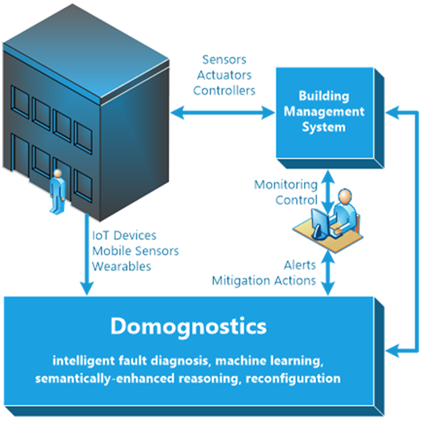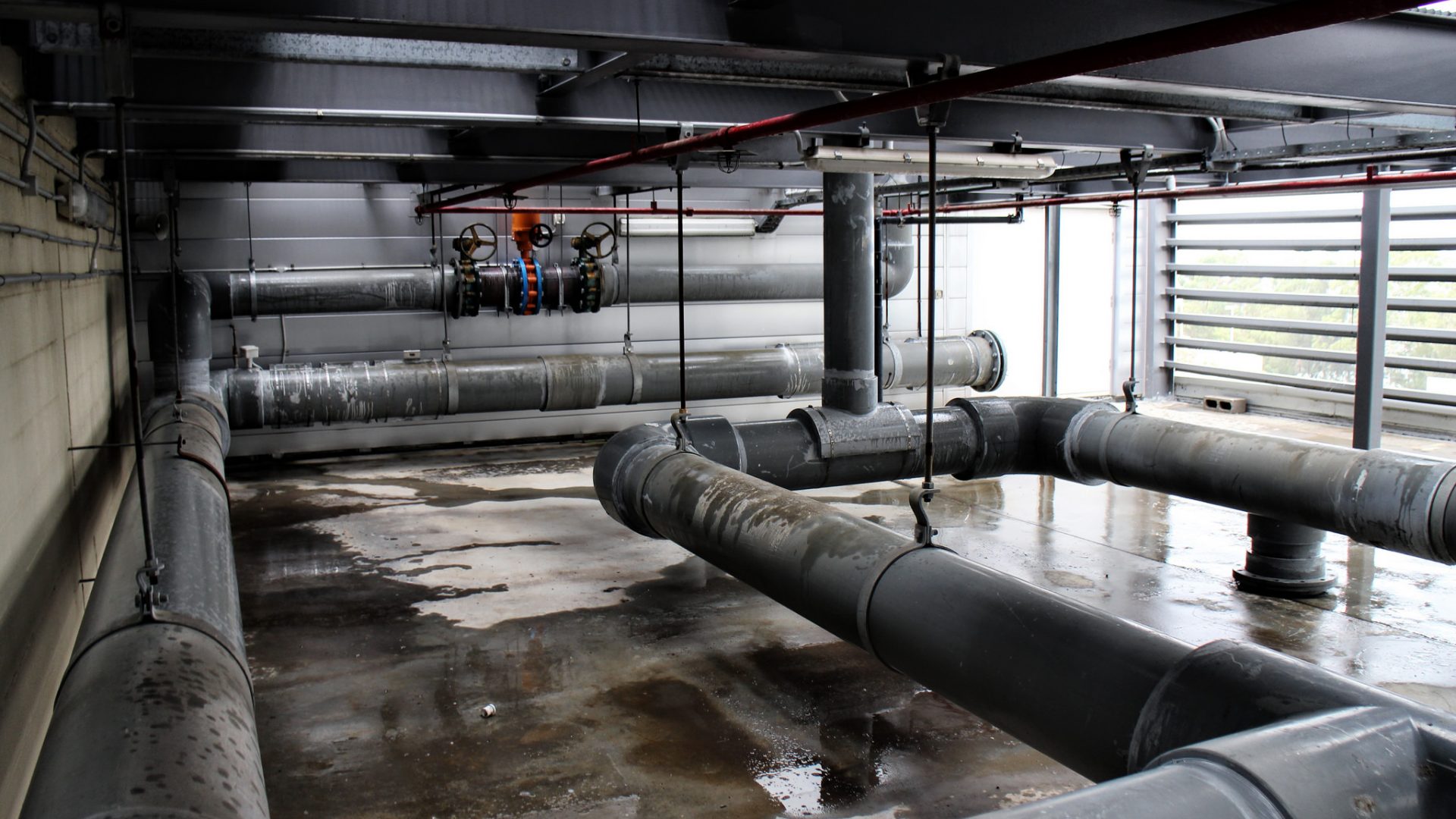The targets set in the context of the Europe 2020 strategy for reducing the energy consumption of buildings are based on two key directives: the 2010 Energy Performance of Buildings Directive and the 2012 Energy Efficiency Directive. However, recent reports from most member states show that there is still a significant gap of 10-30% between these targets and current attainments. The emergence of networked cyber-physical systems, in which sensor/actuator networks are integrated with software algorithms, facilitates the development of advanced Building Management Systems (BMS) aimed at enhancing energy efficiency in buildings. Typically, BMS are computer-based systems that utilise data to monitor and control various subsystems within a large building, such as the Heating, Ventilation and Air Conditioning (HVAC) system, lighting, security, etc. However, in situations where a fault arises in some of the components (e.g., sensors, actuators, communication links), or an unexpected event occurs in the building (e.g., duct leakage, thermostat sensor failure, increased humidity), this may lead to a serious degradation in performance or, even worse, to situations that would endanger the lives of occupants.
Buildings in EU-28 -as well as worldwide- are large consumers of energy. According to EU statistics regarding energy and buildings (https://ec.europa.eu/energy/en/topics/energy-efficiency/buildings), it is estimated that buildings are responsible for 40% of the total energy consumption and 36% of the total greenhouse gas emissions in the EU-28. It is also estimated that 5-20% of the energy consumed in commercial buildings for heating, ventilation, air conditioning, lighting and water heating can be attributed to various faults and inefficiencies of the building management systems. A study from the US Department of Energy shows that a combination of controls and diagnostics could reduce commercial building energy consumption by approximately 40%. The issues of fault detection, diagnosis and automatic recovery in buildings will become even more crucial in the future as Internet-of- Things (IoT) devices will be widely deployed in smart buildings and homes. Therefore, there is a market need for an intelligent building automation diagnostic system, which will integrate with existing BMS to facilitate continuous and effective monitoring of the buildings, to detect and isolate component faults or unexpected events as early as possible by utilising smart algorithms and machine learning methods.
In the framework of the ERC PoC “Intelligent Building Automation Diagnostics” project, the University of Cyprus and PHOEBE Research and Innovation Ltd (www.phoebeinnovations.com) are collaborating in developing the Domognostics™ platform (https://domognostics.com/), a novel solution for monitoring building automation systems, detecting and diagnosing unexpected events, aiming at improving building operational efficiency. The Domognostics platform utilizes intelligent algorithms developed in the framework of the ERC Advanced Grant Fault-Adaptive at KIOS Research and Innovation Center of Excellence (KIOS CoE) of the University of Cyprus. The Domognostics platform consists of a semantically-enhanced IoT platform which integrates with commercial and experimental devices monitoring environmental conditions in buildings, as well as with state-of-the-art algorithms which are utilizing model-based anomaly diagnosis for detecting faults in the heating/ cooling system as well as in the air quality. Domognostics has the potential of integrating with existing Building Management Systems (BMS) and thus extending their overall monitoring and anomaly detection capabilities using physical and analytical redundancy.

